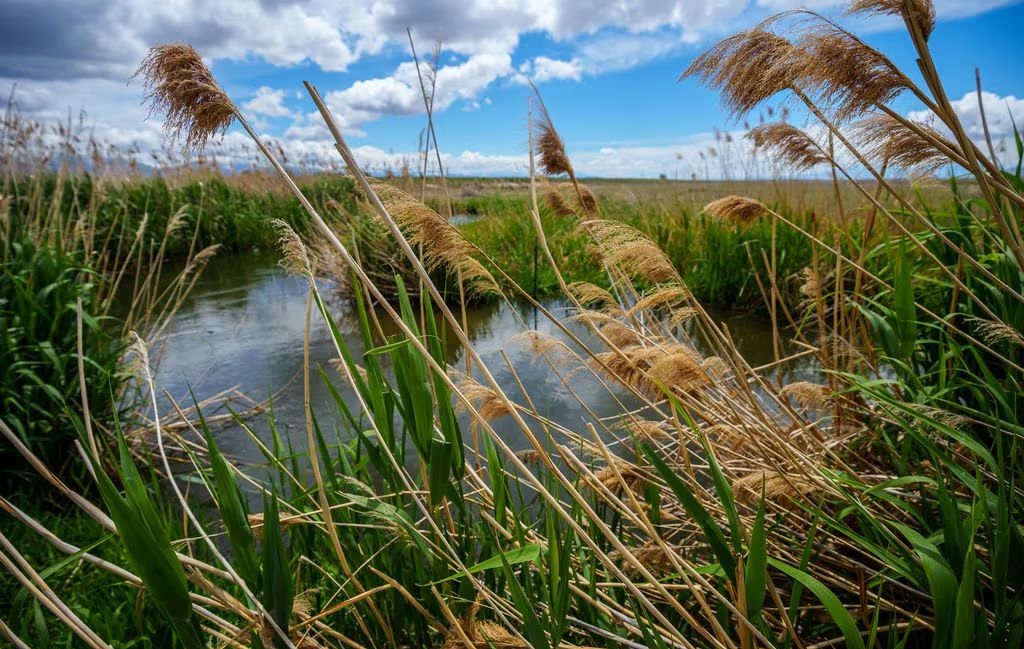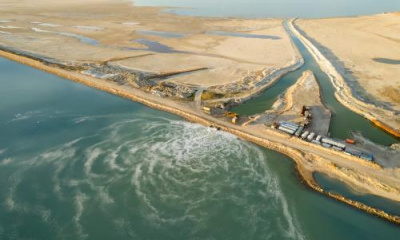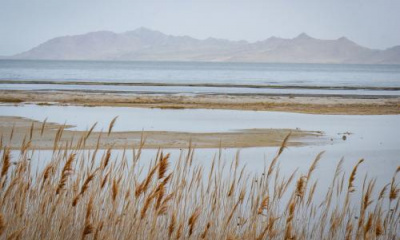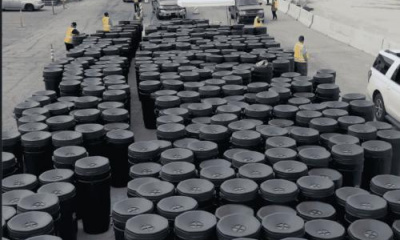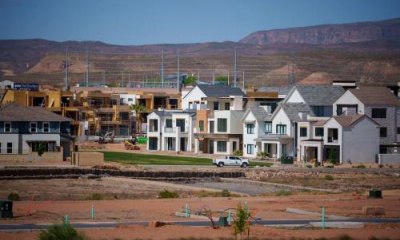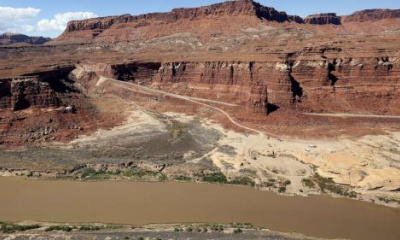A flurry of water reuse claims could threaten to take more water from the Great Salt Lake, but the dozens of applications sit unapproved because of statutory issues.
An effort by Utah cities and other government bodies to get more use out of their water supplies has hit a wall — because of mistakes in the paperwork.
Dozens of applications from cities and special districts seeking to reuse treated wastewater lacked crucial elements, including plans to replace water that would otherwise flow to the Great Salt Lake, according to online documentation from the Utah Division of Water Rights.
As Utah grows, water providers have looked to reuse treated wastewater “as a means to stretch their water supply,” said Deputy State Engineer Blake Bingham. That’s especially true as water becomes more scarce, he said.
Those providers have to get permission before doing so, though, and the state received a deluge of these applications in the second half of 2023.
Before 2023, officials with the Division of Water Rights only had 25 reuse projects cross their desks in about as many years. About a third came from southern Utah communities outside of the Great Salt Lake basin.
Then, from March until Nov. 1 of last year, the division received 45 water reuse applications. All but one came from counties inside the lake’s watershed.
The applications flooded in after the Utah Legislature approved a bill that barred the Division of Water Rights from approving any new water reuse applications for projects that would have otherwise discharged to the Great Salt Lake or its tributary rivers.
It included some exceptions:
- Water reuse proposals designed specifically to supply water to the lake.
- Projects that include water rights owned by the federal government.
- Projects approved subject to a plan that replaces any water that would have otherwise flowed to the lake.
- Proposals filed before Nov. 1, 2023.
The spate of applications rang alarm bells for one expert — Brigham Daniels, professor at the University of Utah’s S.J. Quinney College of Law — who told The Tribune in December that approving all of them would “make a big dent in the opposite direction” of the goal to save the Great Salt Lake.
Yet what Bingham, the engineer, said was likely a “flash-to-bang” by cities and other water providers in applications to get their foot in the door has resulted in a host of issues within the applications.
The state engineer’s office reviews applications to identify underlying water rights and to make sure the reuse would not exceed the amount of water the providers are allowed to consume and completely remove from the system, Bingham said.
Under a somewhat new sequence, he said, providers must apply first to the Division of Water Rights and then to the Division of Water Quality — an agency that evaluates the proposals for water quality issues.
Water providers were always supposed to get approval from the two divisions, Bingham said, but the new sequence makes sure the applications make it to both agencies.
The state engineer’s office has not yet approved any of the dozens of applications received toward the end of last year, according to the Division of Water Rights website.
One was rejected for failure to advertise, and for a reuse proposal that the state engineer found was “inconsistent with underlying water rights.”
The division has returned dozens of others because they did not include everything required by state law.
“I think a lot of the challenge is trying to get the applicants to comply with the requirements in the statute,” Bingham said. “And one of the requirements is a reuse authorization contract.”
Because cities don’t apply for water reuse often, he said, it can be hard to understand what’s needed, especially when it comes to a water replacement plan.
Several cities thought they didn’t have to file a plan to send a comparable amount of water back into the Great Salt Lake’s watershed, he said.
Historically, water providers have tended to approach the state engineer before filing to make sure they have their ducks in a row, Bingham said.
The office is happy to help when people reach out for it, he said, but there didn’t seem to be a demand before the flood of applications last year.

